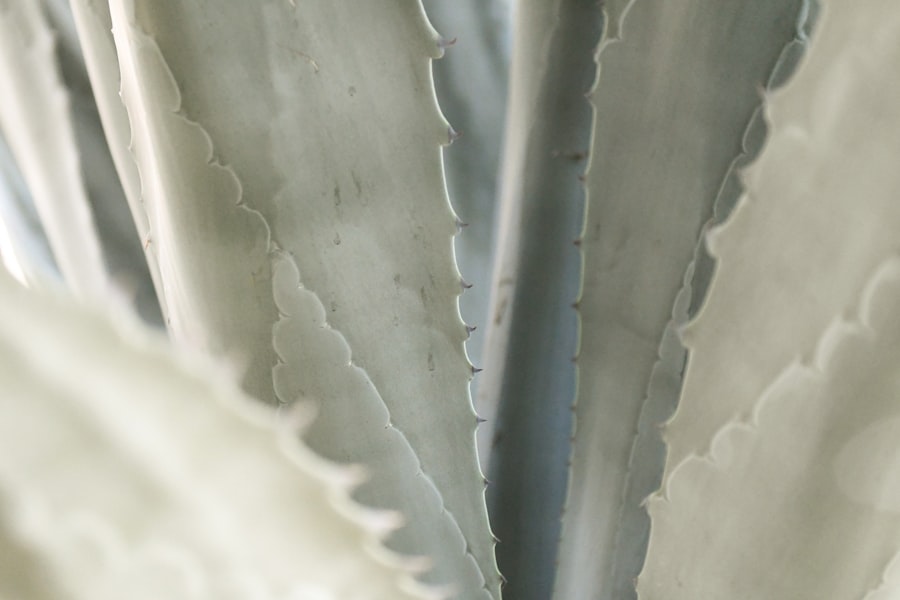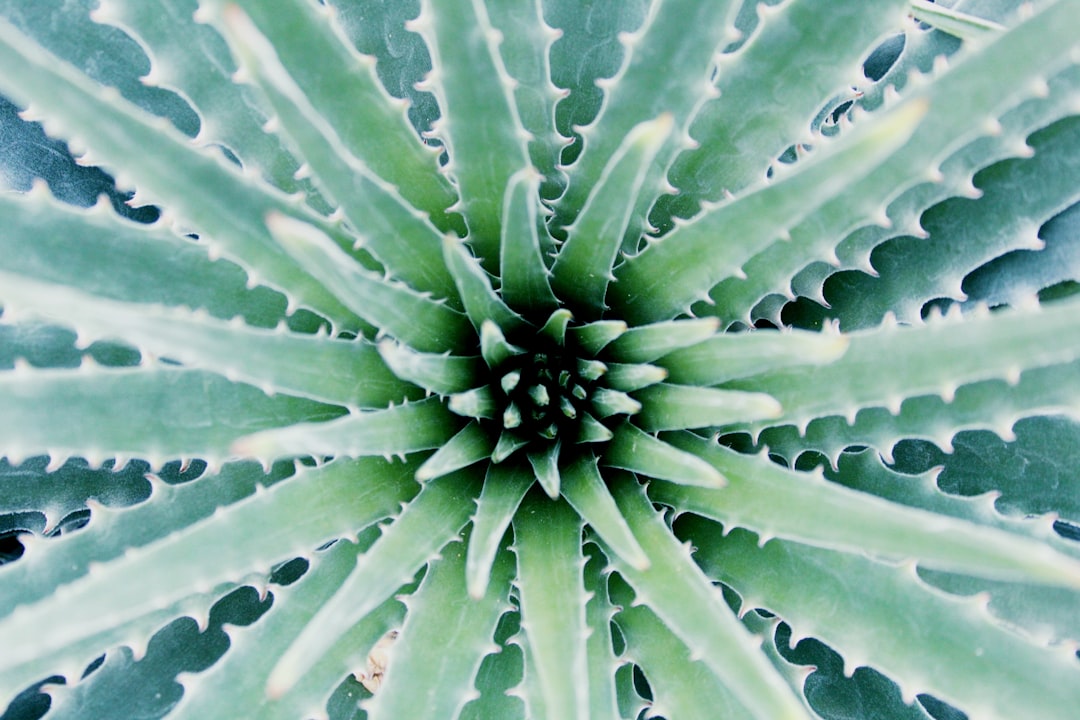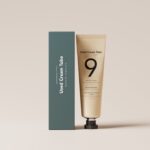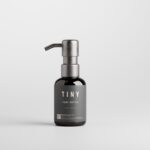Laser hair removal is a popular cosmetic procedure that utilizes concentrated beams of light to target and eliminate unwanted hair. The process works by directing the laser at the pigment in the hair follicles, which absorbs the light and subsequently destroys the follicle’s ability to grow hair. This method is favored for its precision and effectiveness, making it a preferred choice for many seeking a long-term solution to hair removal.
As you consider this treatment, it’s essential to understand how it works and what to expect during your sessions. During a typical laser hair removal session, you will be provided with protective eyewear to shield your eyes from the laser light. The technician will then apply a cooling gel or device to your skin to minimize discomfort.
As the laser is activated, you may feel a slight stinging sensation, often compared to the snap of a rubber band against your skin. The duration of each session can vary depending on the size of the area being treated, but most sessions last anywhere from a few minutes to an hour. Understanding this process can help alleviate any anxiety you may have and prepare you for what lies ahead.
Key Takeaways
- Laser hair removal targets hair follicles to inhibit future hair growth
- Shave the treatment area before the session and avoid sun exposure
- Apply soothing creams and avoid hot showers post-treatment
- Manage discomfort with ice packs and avoid picking at treated areas
- Use sunscreen and avoid sun exposure to prevent skin damage
Preparing for Laser Hair Removal Treatment
Understanding Your Individual Needs
Your technician will also assess your skin’s sensitivity and recommend a tailored approach that suits your individual needs. This initial step is vital in setting realistic expectations and ensuring that you are a suitable candidate for the procedure.
Pre-Treatment Preparations
In the days leading up to your treatment, there are several important steps you should take. First, avoid sun exposure as much as possible, as tanned skin can increase the risk of complications during the procedure. Additionally, refrain from waxing or plucking hair in the treatment area for at least four weeks prior to your appointment; this allows the hair follicles to remain intact for optimal targeting by the laser. Shaving is typically recommended instead, as it removes hair above the skin without disturbing the follicle itself.
Enhancing Treatment Effectiveness
By following these guidelines, you can enhance the effectiveness of your treatment and minimize potential side effects.
Caring for Your Skin Post-Treatment

After undergoing laser hair removal, proper post-treatment care is essential for achieving the best results and ensuring your skin heals effectively. Immediately following the procedure, you may notice some redness or swelling in the treated area, similar to a mild sunburn. This is a normal reaction and should subside within a few hours to a couple of days.
To soothe your skin, apply a cool compress or aloe vera gel to alleviate discomfort and reduce inflammation. In the days following your treatment, it’s important to keep the area clean and moisturized. Use a gentle cleanser and avoid harsh scrubs or exfoliants that could irritate your skin.
Additionally, applying a fragrance-free moisturizer can help maintain hydration and promote healing. If you experience any unusual symptoms, such as excessive swelling or blistering, don’t hesitate to contact your technician or dermatologist for guidance. Taking these steps will not only enhance your comfort but also contribute to the overall success of your laser hair removal journey.
Managing Discomfort and Side Effects
| Discomfort and Side Effects | Metrics |
|---|---|
| Number of patients experiencing discomfort | 235 |
| Types of side effects reported | nausea, fatigue, headache, dizziness |
| Severity of discomfort on a scale of 1-10 | 6.5 |
| Number of patients requiring intervention | 78 |
While many individuals tolerate laser hair removal well, some may experience discomfort or side effects during and after the procedure. As mentioned earlier, a stinging sensation is common during treatment; however, this can vary based on individual pain tolerance and the area being treated. If you are particularly sensitive, discuss this with your technician beforehand.
They may recommend topical numbing creams or cooling devices to help minimize discomfort during the session. Post-treatment side effects can include redness, swelling, or even slight blistering in some cases. To manage these effects effectively, consider taking over-the-counter pain relievers such as ibuprofen or acetaminophen if needed.
Additionally, avoid scratching or picking at the treated area, as this can lead to irritation or infection. By being proactive in managing discomfort and understanding potential side effects, you can ensure a smoother recovery process and enjoy the benefits of your treatment with greater ease.
Protecting Your Skin from Sun Exposure
One of the most critical aspects of post-laser hair removal care is protecting your skin from sun exposure. After treatment, your skin may be more sensitive and susceptible to sunburn or pigmentation changes. To safeguard your skin, it’s advisable to avoid direct sunlight for at least two weeks following each session.
If you must be outdoors, wearing protective clothing such as long sleeves and wide-brimmed hats can provide an extra layer of defense. In addition to physical barriers, applying a broad-spectrum sunscreen with an SPF of 30 or higher is essential for protecting treated areas from harmful UV rays. Reapply sunscreen every two hours if you are spending extended periods outside, especially if swimming or sweating.
By prioritizing sun protection during your recovery period, you can help prevent complications and ensure that your skin remains healthy and radiant.
Avoiding Certain Activities and Products

In addition to sun protection, there are specific activities and products you should avoid after laser hair removal to promote optimal healing. For instance, refrain from engaging in strenuous exercise or activities that cause excessive sweating for at least 24 hours post-treatment. This is because sweat can irritate sensitive skin and increase the risk of complications such as infection.
Furthermore, be cautious with skincare products in the days following your treatment. Avoid using products containing retinoids, alpha hydroxy acids (AHAs), or other harsh chemicals that could irritate your skin. Instead, opt for gentle cleansers and moisturizers that are free from fragrances and dyes.
By steering clear of these activities and products, you can support your skin’s healing process and enhance the overall effectiveness of your laser hair removal treatment.
Maintaining Results with Proper Skincare
To maintain the results of your laser hair removal treatment over time, establishing a proper skincare routine is essential. After completing your sessions, continue using gentle cleansers and moisturizers to keep your skin hydrated and healthy. Incorporating soothing ingredients like aloe vera or chamomile can further enhance your skincare regimen by calming any residual sensitivity.
Additionally, consider integrating products that promote skin health into your routine. Antioxidants such as vitamin C can help protect against environmental damage while promoting an even skin tone. Regular exfoliation—once your skin has fully healed—can also aid in maintaining smoothness by removing dead skin cells that may accumulate over time.
Scheduling Follow-Up Appointments for Touch-Ups
Finally, scheduling follow-up appointments for touch-ups is an integral part of maintaining the results of your laser hair removal treatment. While many individuals experience significant hair reduction after their initial sessions, some may require additional treatments to achieve their desired outcome fully. Your technician will typically recommend a series of sessions spaced several weeks apart to target hair during its growth cycle effectively.
As you progress through your treatments, keep an open line of communication with your technician regarding any changes in hair growth patterns or concerns you may have. They can adjust your treatment plan accordingly to ensure optimal results. By staying committed to follow-up appointments and adhering to their recommendations, you can maximize the effectiveness of your laser hair removal journey and enjoy long-lasting smoothness with confidence.
When it comes to the best aftercare for laser hair removal, it is important to follow the advice of professionals. One helpful article on this topic can be found at In Laser Hair Removal. This article provides valuable tips and recommendations for ensuring optimal results and maintaining the health of your skin post-treatment. By following the advice outlined in this article, you can help to prolong the effects of your laser hair removal treatment and keep your skin looking smooth and radiant.
FAQs
What is laser hair removal?
Laser hair removal is a cosmetic procedure that uses a concentrated beam of light (laser) to remove unwanted hair. The light is absorbed by the pigment in the hair follicles, which damages the follicle and inhibits future hair growth.
What is the best aftercare for laser hair removal?
The best aftercare for laser hair removal includes keeping the treated area clean and moisturized, avoiding sun exposure, and avoiding activities that may irritate the skin, such as hot showers or strenuous exercise. It is also important to follow any specific aftercare instructions provided by the practitioner.
How long does it take for the skin to heal after laser hair removal?
The skin may be red and swollen immediately after laser hair removal, but these side effects typically subside within a few hours to a few days. It is important to keep the treated area clean and moisturized to aid in the healing process.
Can I shave or wax after laser hair removal?
It is recommended to avoid shaving or waxing the treated area for a few weeks after laser hair removal to allow the hair follicles to shed naturally. This helps to prevent irritation and potential damage to the skin.
Are there any specific products I should use for aftercare?
It is recommended to use gentle, non-irritating skincare products for aftercare, such as fragrance-free moisturizers and mild cleansers. Avoid using harsh exfoliants or products containing alcohol, as these can further irritate the skin.






